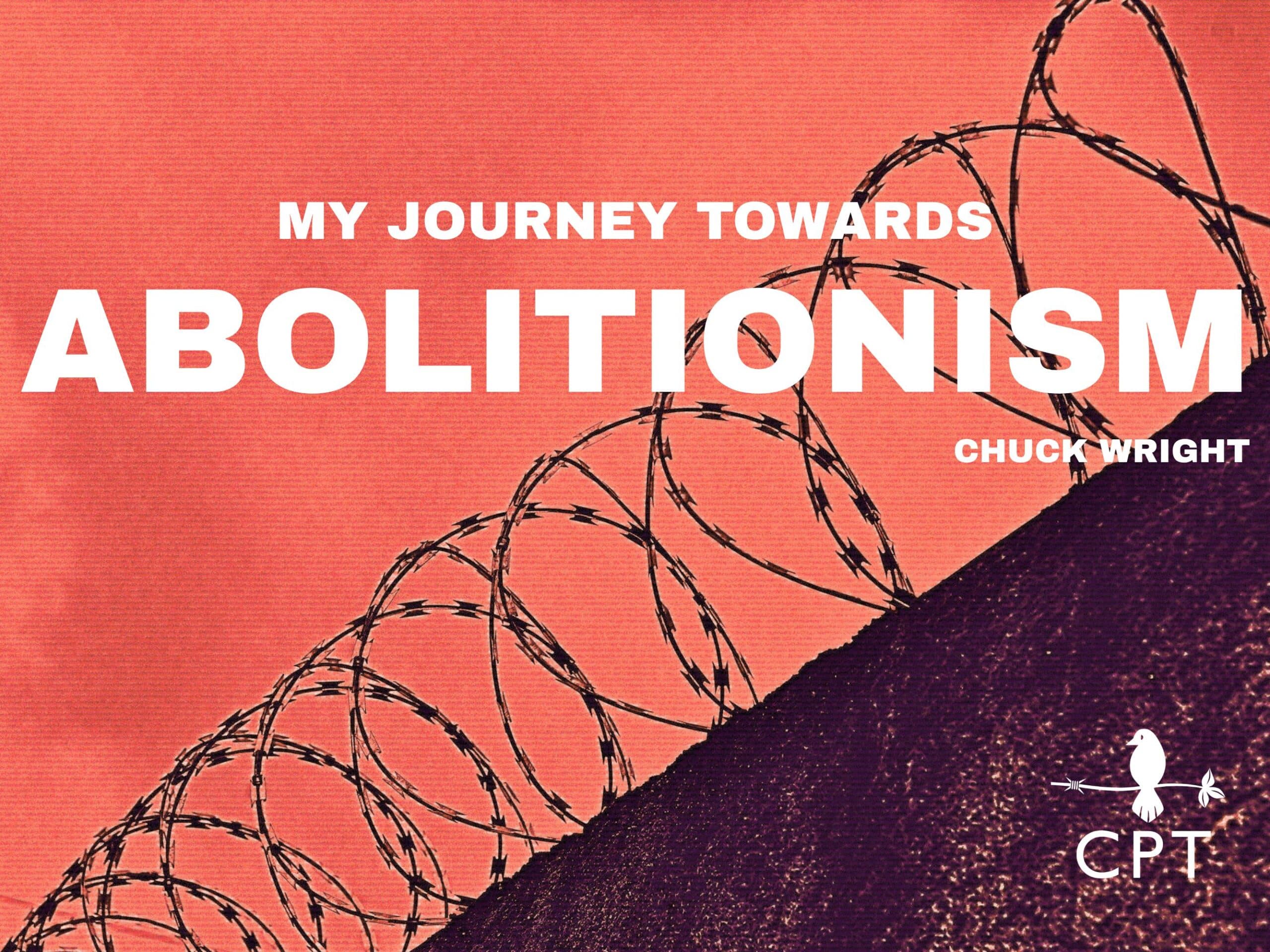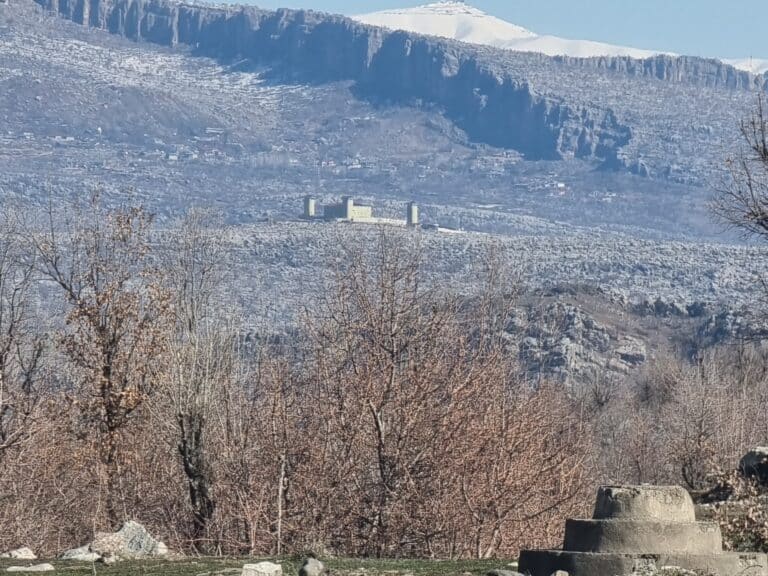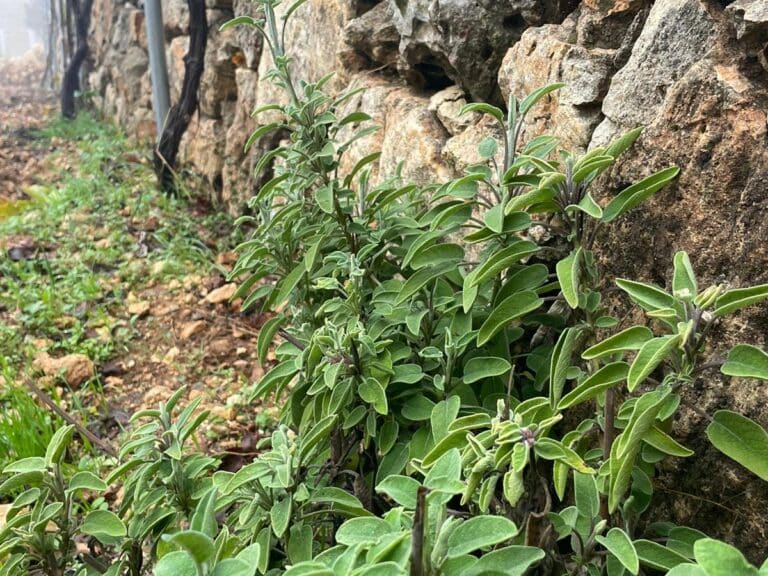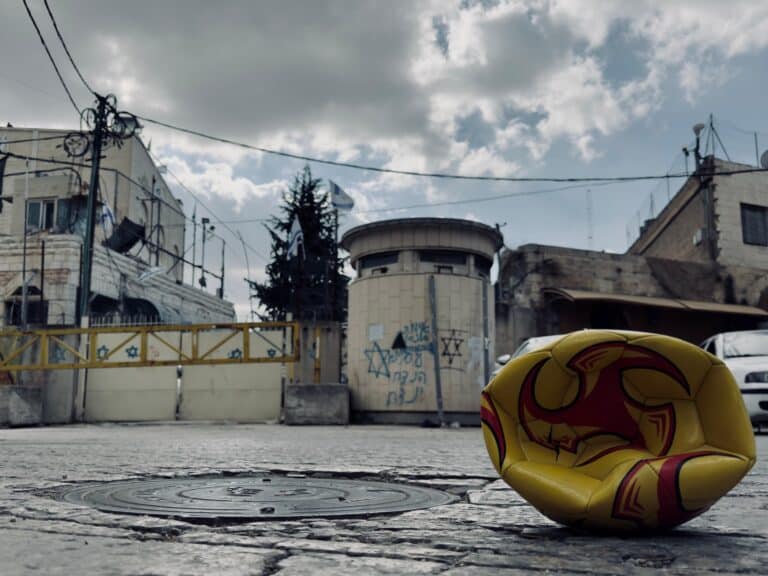Dear reader – we know that CPT has a diverse constituency with varying viewpoints on justice issues. We believe that peacemaking is a journey we are traveling on together. Over the next few weeks we will be publishing articles reflecting on the theme of abolition. We invite you to read and reflect with us. Send us your thoughts at peacemakers@cpt.org.
This first article is written by CPT Reservist Chuck Wright, who previously served on the Indigenous Peoples Solidarity Team. Below he shares his own journey of becoming an abolitionist.
You can read the other articles in the series, Turtle Island Solidarity Network’s ‘Abolition: building community to transform violence and oppression’, and Interim Director Melissa Berkey-Gerard’s ‘Becoming an abolitionist’.
Growing up in a white middle-class family, I didn’t think much about policing and prisons.
I don’t recall hearing about any truly negative encounters with the police, nor could I recall any friend or relative that had been imprisoned. Prison is conveniently out-of-sight and out-of-mind for people like me (at least, to the extent that my activism fits within the boundaries of what is considered socially or legally acceptable). I now understand this as a result of my socio-economic, racial, and geographic location.
It wasn’t until my mid-twenties that I learned about prison abolition from an internship with the Canadian Friends Service Committee, the peace and social justice arm of the Quakers. I would learn about the work of the late Ruth Morris and her tireless efforts toward penal abolition, criminal justice reform, and transformative justice. The Religious Society of Friends in 1981 would become the first religious body to support prison abolition:
“The prison system is both a cause and a result of violence and social injustice. Throughout history, the majority of prisoners have been the powerless and the oppressed. We are increasingly clear that the imprisonment of human beings, like their enslavement, is inherently immoral, and is as destructive to the cagers as to the caged … Prison abolition is both a process and a long-term goal.”
(You will note the connection made between imprisonment and slavery – the Quakers were also one of the first religious bodies to oppose slavery and advocate for its end.)
Before my time with CPT, I worked with the John Howard Society of Manitoba – an organization that serves and advocates for criminalized men – and learned about the human impact of the criminal (in)justice system first-hand. As an adult literacy worker, I would visit the local remand centre with other volunteers to provide tutoring lessons to men awaiting trial. Due to the back-log in the court system, sometimes they would have to wait for weeks, even months. Many of the participants were Indigenous and people of colour, or poor, white working-class folks. Life circumstances had complicated their ability to complete their education. I also got involved with Walls2Bridges – a network of academics and incarcerated folks facilitating university courses in Canadian prisons – which allowed me to share in collaborative learning between students inside and out, as well as hear the stories of federally-incarcerated, primarily Indigenous women torn from their families.
This aspect is so often easily forgotten by non-criminalized people – poor, Indigenous, Black, and people of colour are disproportionately incarcerated and criminalized in Canada. And we should also keep in mind that the majority of the people in Canada’s jails and prisons are incarcerated for nonviolent crimes. For many of us, jails and prisons exist in our imagination as places that protect us from hardened, violent criminals. In truth, prisons are an extremely costly and ineffective approach to what are largely socio-economic issues and/or the legacies of trauma. Ruth Morris speculated that only 1 to 2% of the prison population is made up of the so-called “dangerous few” – whatever they’re imagined to be! Despite what police unions, conservatives and the sensationalist media would like us to believe, rates of crime have not increased over the past few decades – they have remained relatively stable. Without wishing to downplay the traumatic impact on victims of violent crime, our sense of safety is often derived from what we see in the media, coupled with our own class- and race-based perceptions of urban spaces.
My exposure to abolitionist activists, prisoners’ experiences, the Black Lives Matter movement, and the writings of advocates such as Ruth Morris, Angela Davis, and Robyn Maynard, have led me to embrace the vision of a world without prisons (and police). Most Canadians would prefer public dollars going to community-based solutions, restorative justice programs, mental health and addiction services, rather than policing and incarceration. Additionally, many action items have been put forward by public inquiries, such as the Aboriginal Justice Inquiry (1991), the Truth and Reconciliation Commission (2015), and the Report on Murdered and Missing Indigenous Women & Girls (2019), to reduce the rates of Indigenous incarceration and adopt Indigenous-based approaches to justice.
These activists and public inquiries remind us that prisons and policing are rooted in colonialism, capitalism and slavery, and help us to imagine better, more humane ways towards justice that do not involve cages.






